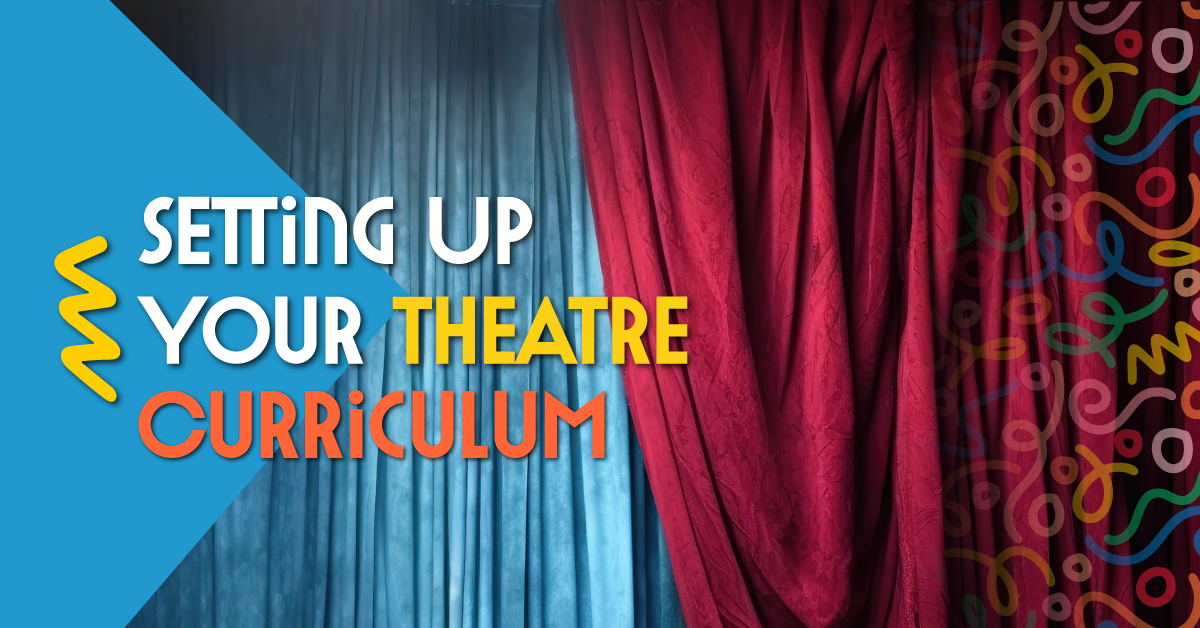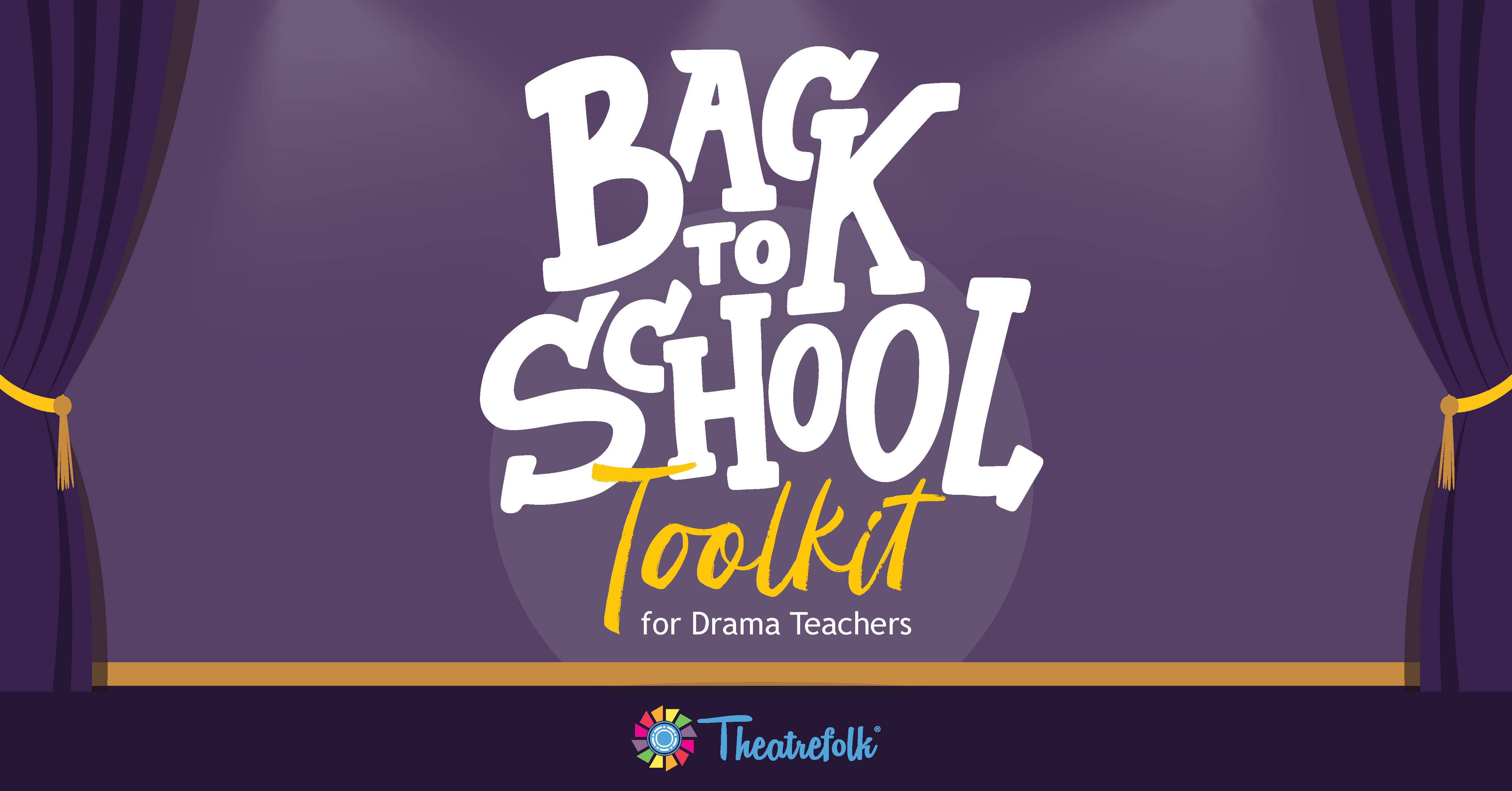A squirt gun would never be mistaken for a real gun, right? Dive into the thought-provoking world of Water. Gun. Argument and challenge what we choose to believe. A thought provoking and powerful piece in a docu-theatre style.
Setting Up Your Theatre Curriculum
Curriculum is the cornerstone of your entire teaching foundation. Your curriculum is the roadmap that tells you what, when, why, and how you will teach your students. However, there is no “official” curriculum for theatre, and if you have never set up a curriculum before, it can be daunting. If you’re a new theatre teacher worried about planning your curriculum, here are the steps you will need to take to get your curriculum up and running.
Choose Subjects
As stated above, there is no standard curriculum for theatre. However, there are fundamental ingredients of theatre and drama that should be included in any formal curriculum, including acting, history, and design. In addition, there are other subjects that you could include based on your training and interest as a theatre teacher, like playwriting, directing, and technical theatre. No matter what subjects you choose to include in your curriculum, it’s essential that you are confident in your knowledge of the materials to be covered. The most important rule of building a curriculum is: teach what you know! Do not include a subject you are not prepared to teach. If in the future you decide you want to expand your curriculum, take the classes or do the research necessary to make you “teacher fluent” in a subject before you include it in your curriculum.
Choose Your Format
Curriculums are typically built in one of two formats: subject-based or chronological. Subject-based combines units within a subject that are taught under a specific heading. For example, an acting unit can contain lessons on pantomime, improvisation, monologues, and scenes, with the lessons introducing new skills as the days and weeks progress. After the acting unit you can move on to history and cover material from ancient theatre to modern times, and so on.
A chronological curriculum would start with the ancient Greeks and cover all aspects of theatre during that time including acting, design, and playwrights of that era. Then you would shift to a different era, such as Roman theatre, and cover the same fundamental building blocks of acting, design, and playwrights. You would continue to move through different eras until you arrived at modern theatre. Both of these curriculums cover the same general information, but they are presented in different ways.
Build Units
Once you have decided upon the format of your curriculum, you can begin to build the specific units you wish to present. Units form the building blocks of information for each major subject you teach. For example, the acting unit might include subcategories like pantomime, storytelling, improvisation, monologues, and scene work as the building blocks of acting. All of these subcategories fall under the general heading of “acting” so they will be part of your acting unit. Break down the other units in similar ways, choosing the specific topics and subcategories you wish to cover, and then determine the order in which you will present them to your class. Once you have assembled the units you plan to cover, you can begin to write your lesson plans.
Write Lesson Plans
Lesson plans are the essence of teaching in written form. A good lesson plan provides maps, mission statements, launching pads, and a contract between you and your students. Writing lesson plans allows you to map out the content of your classes down to the minute, and track the progress of a classroom full of students towards mastering a subject. When you write a lesson plan, think about the What, Why, and How of the materials you are presenting:
- What information do you want students to learn?
- Why do they need to learn it?
- How will you teach it?
Then write your lesson plans in enough detail to execute them exactly as you envisioned. They will not always turn out that way (see below), but the more thought and detail you put into your lesson plans, the better chance they will have for success.
If you want more information on how to write lesson plans, check out the Lesson Planning Toolkit.
Reflect On Your Curriculum
There is an old military saying that I repurpose for teaching: “No lesson plan survives first contact with the students.” That means that no matter how exciting and well thought out a lesson plan is, it will change once students are involved. Sections will go faster or slower than expected. Student groups will act up unexpectedly. A sure-fire warm-up game will flop. You will learn a lot about a lesson plan the first time you present it to a class, but you won’t have time to think about it, because as soon as one class is over, the next class is already coming through the door!
It’s important to set aside a chunk of time each week to reflect on your curriculum and make notes about what went well and what you need to change. If you don’t give yourself the chance to reflect on your curriculum while it’s fresh in your mind, you’ll find yourself making the same mistakes year after year. So give your curriculum the best chance to succeed by taking time to reflect.


